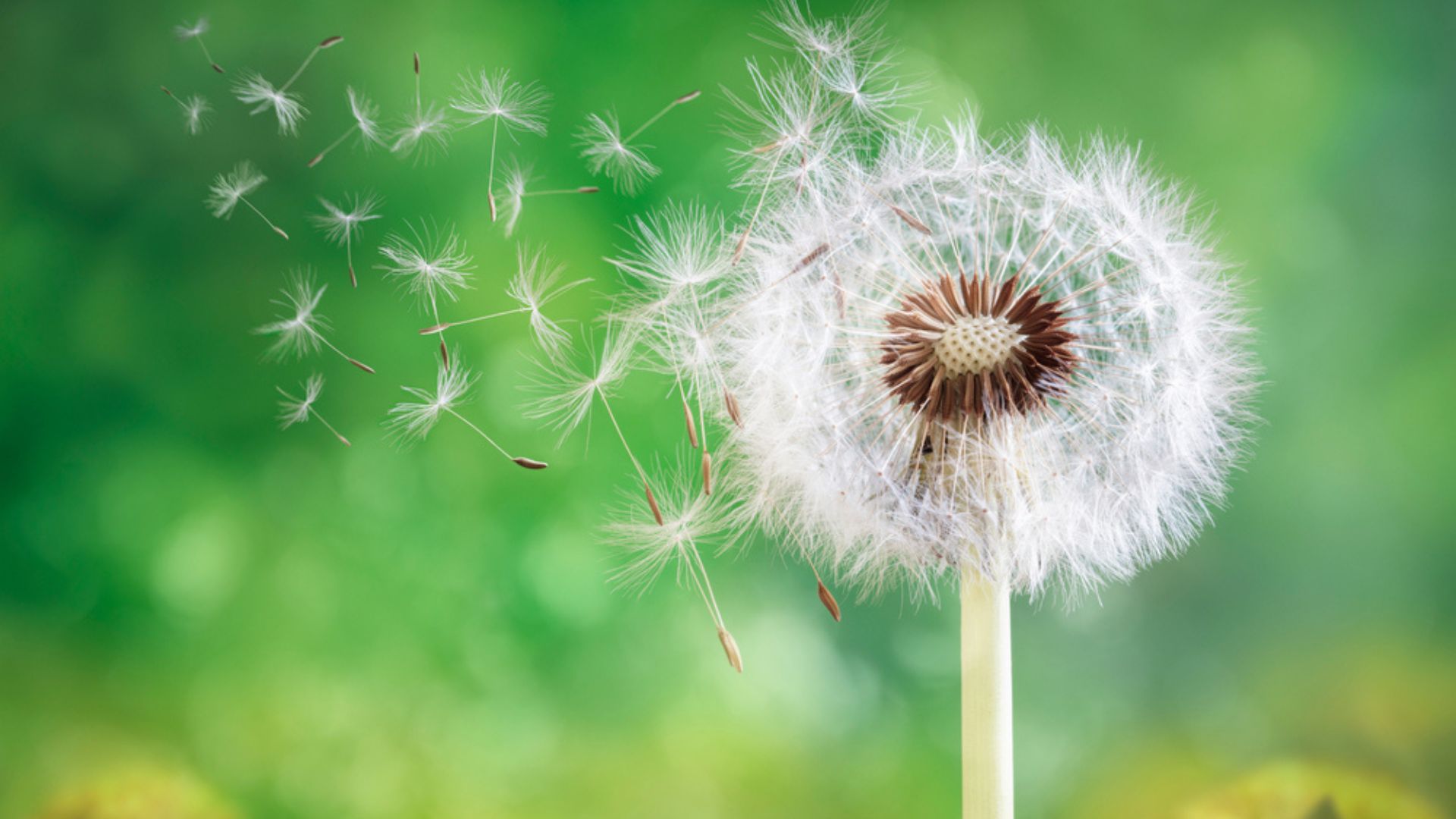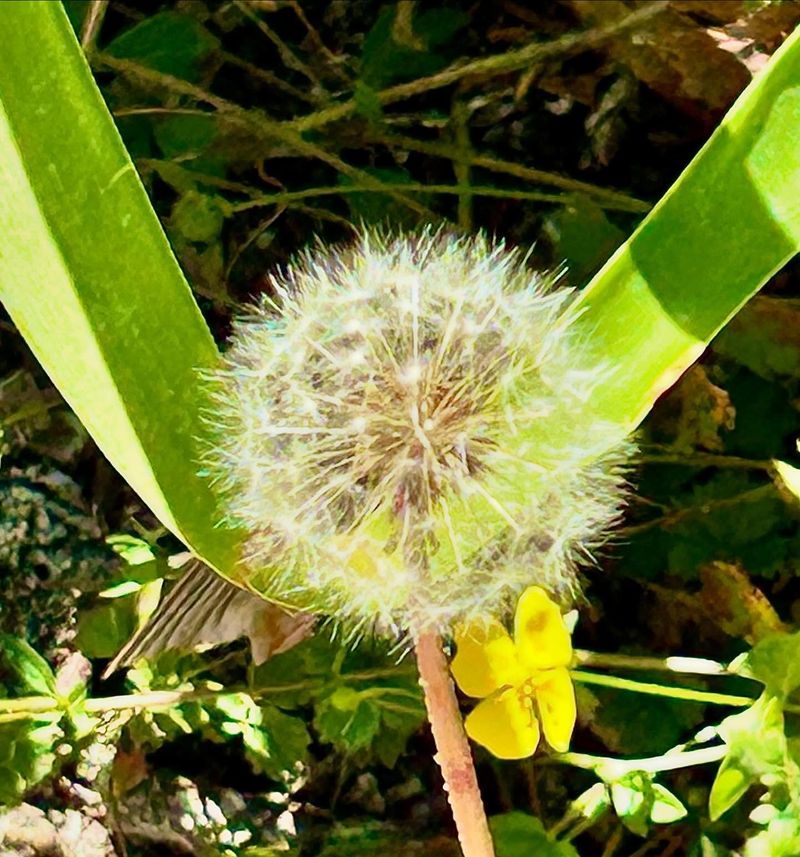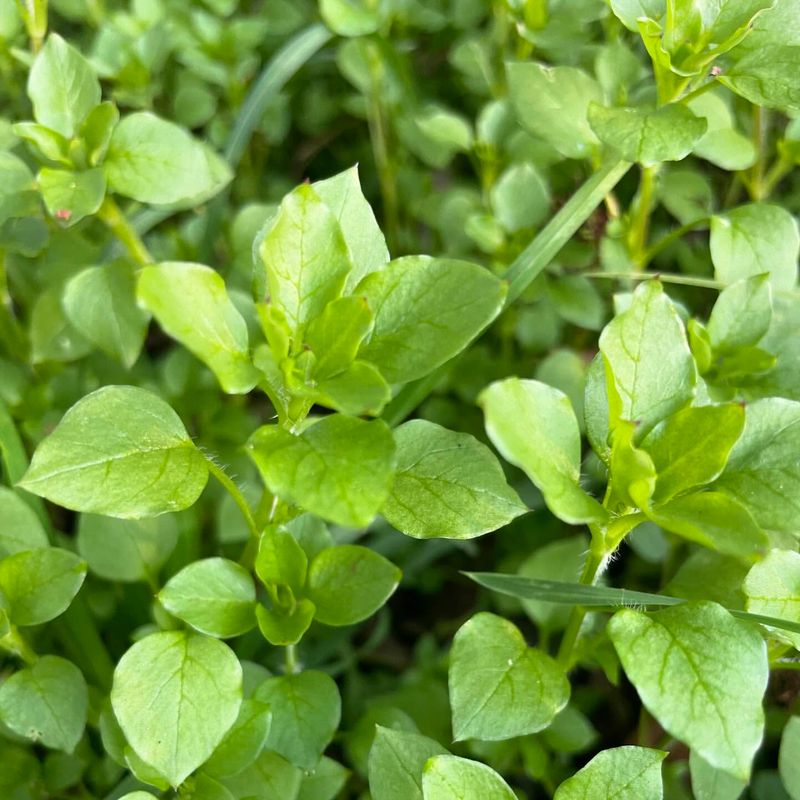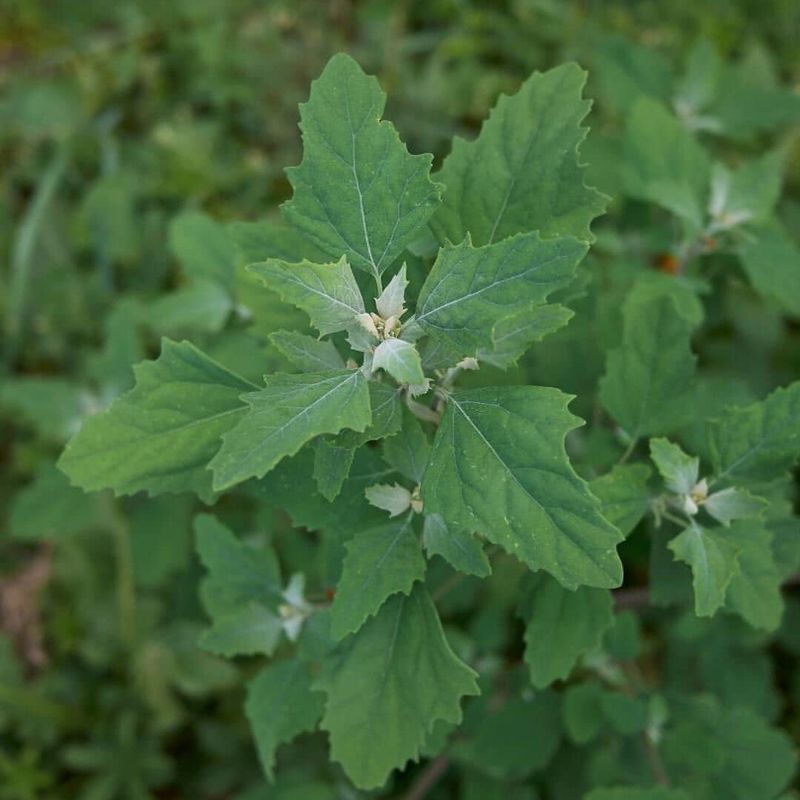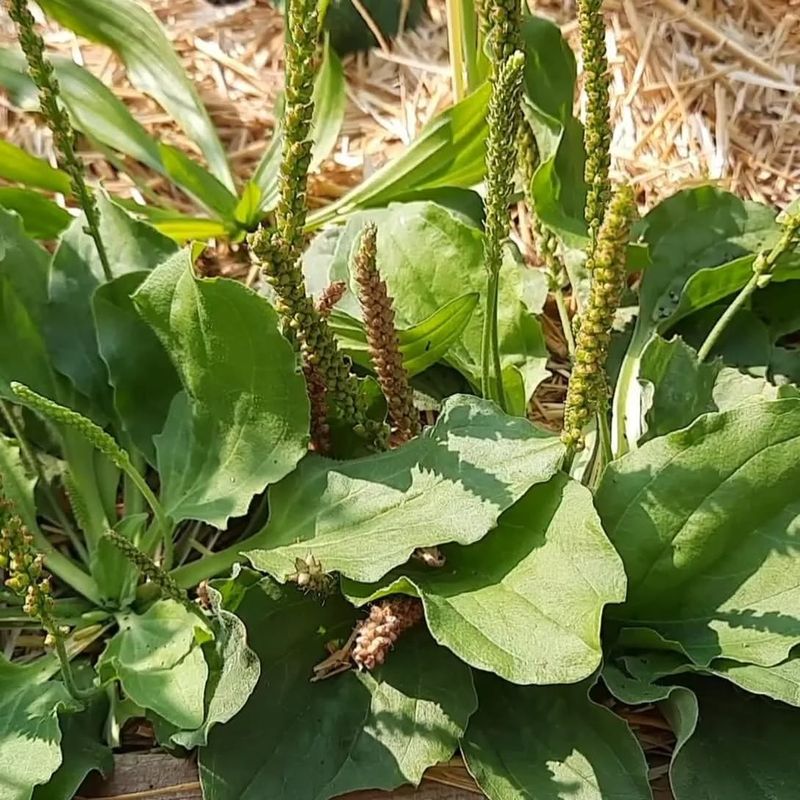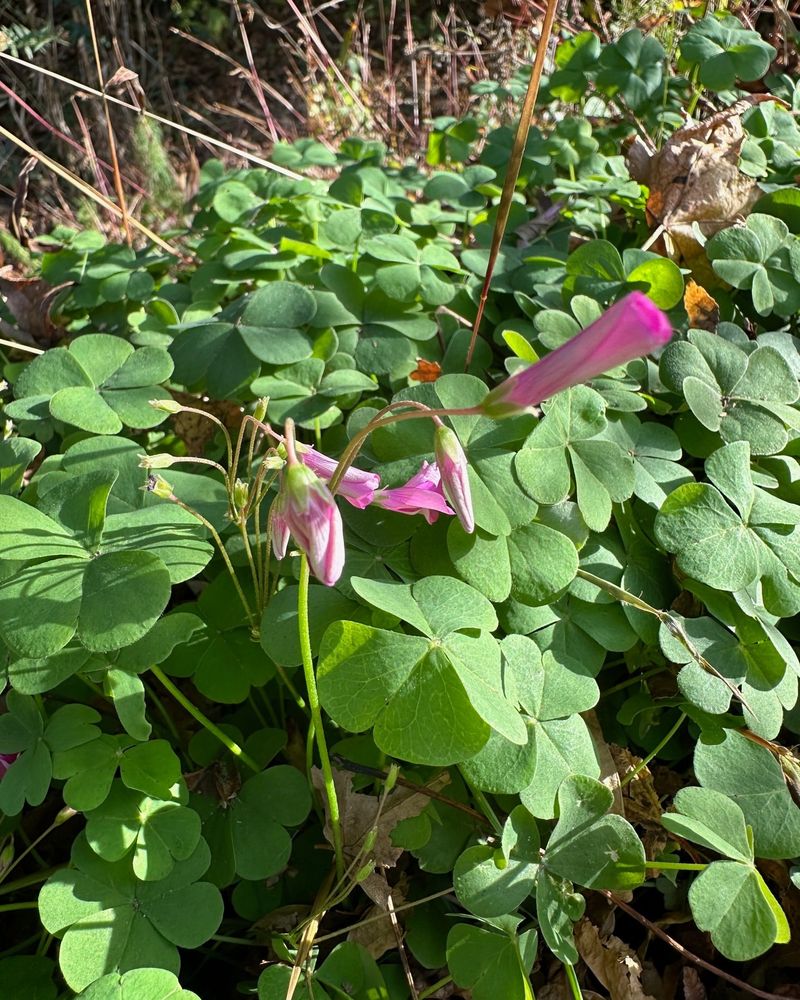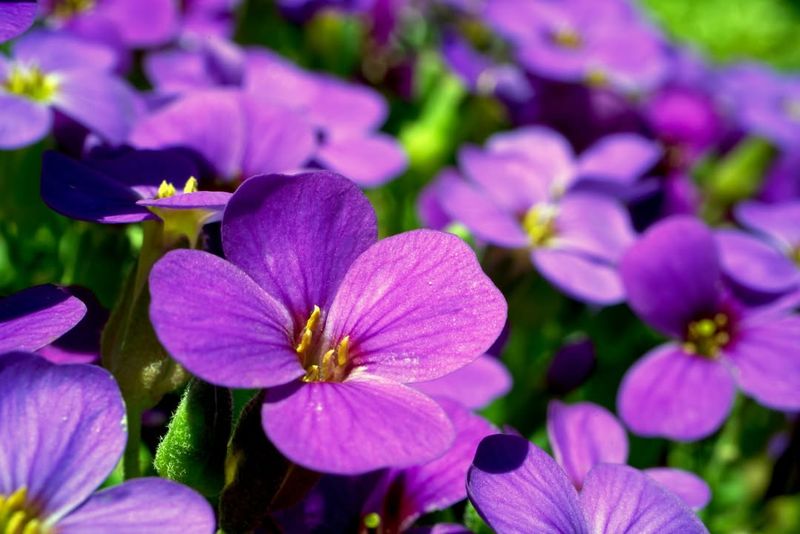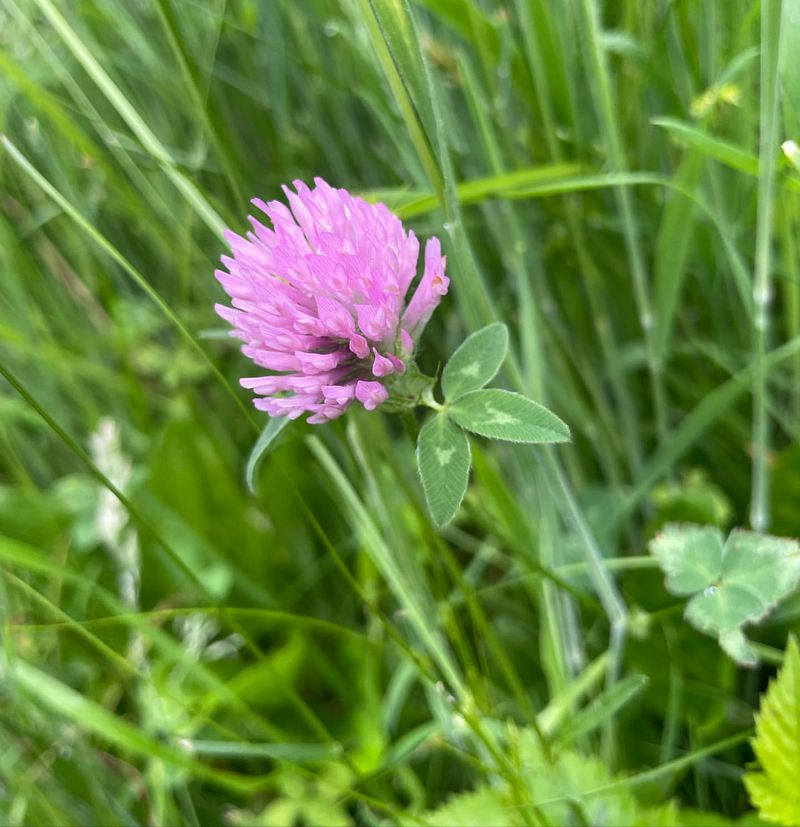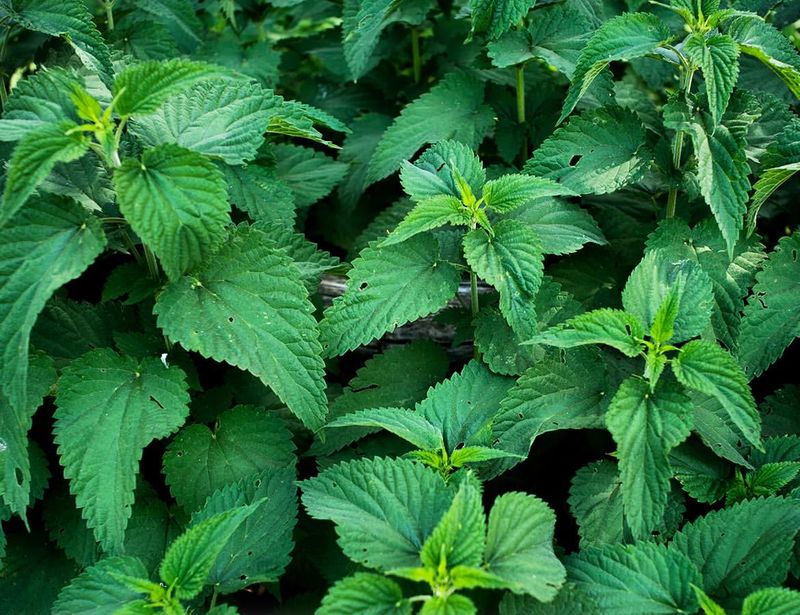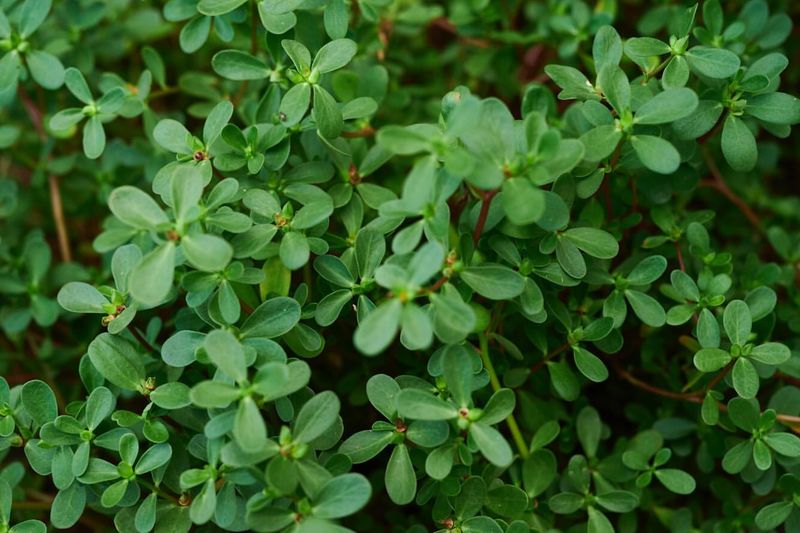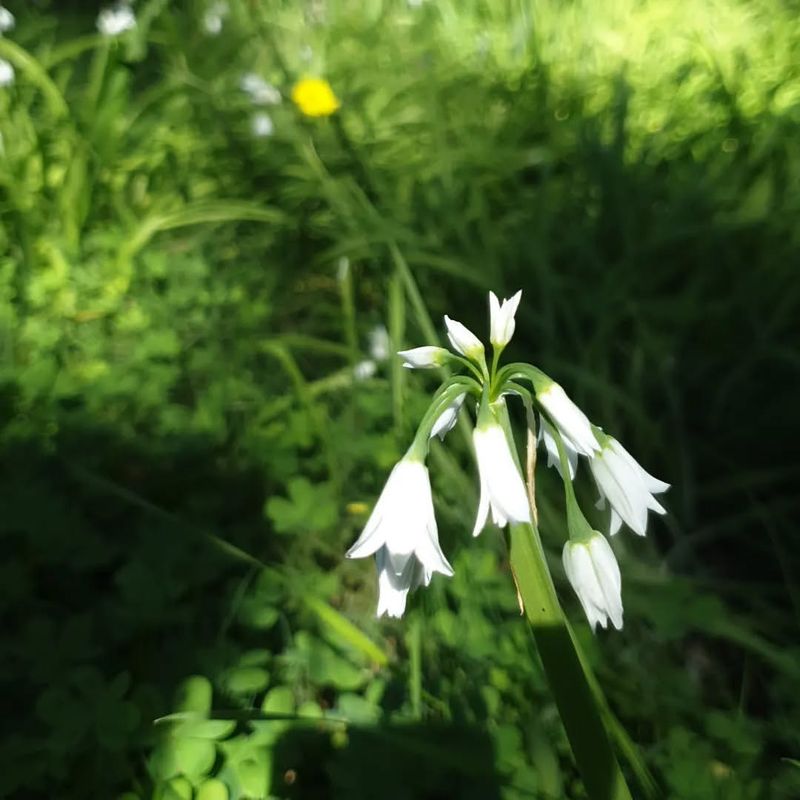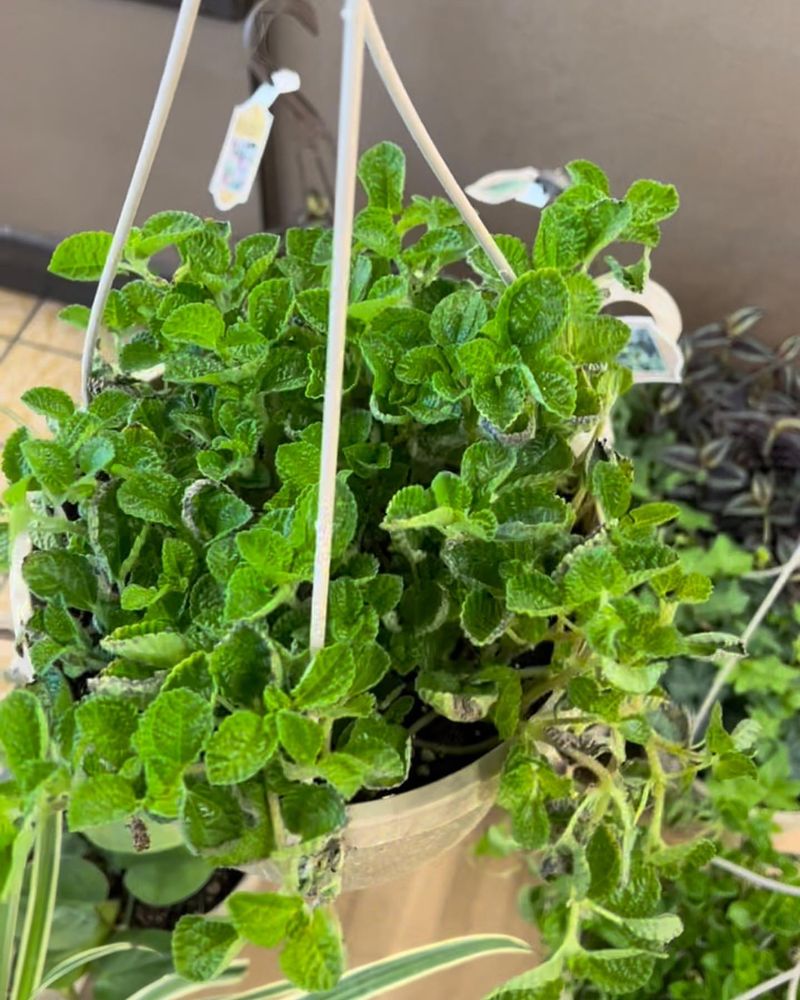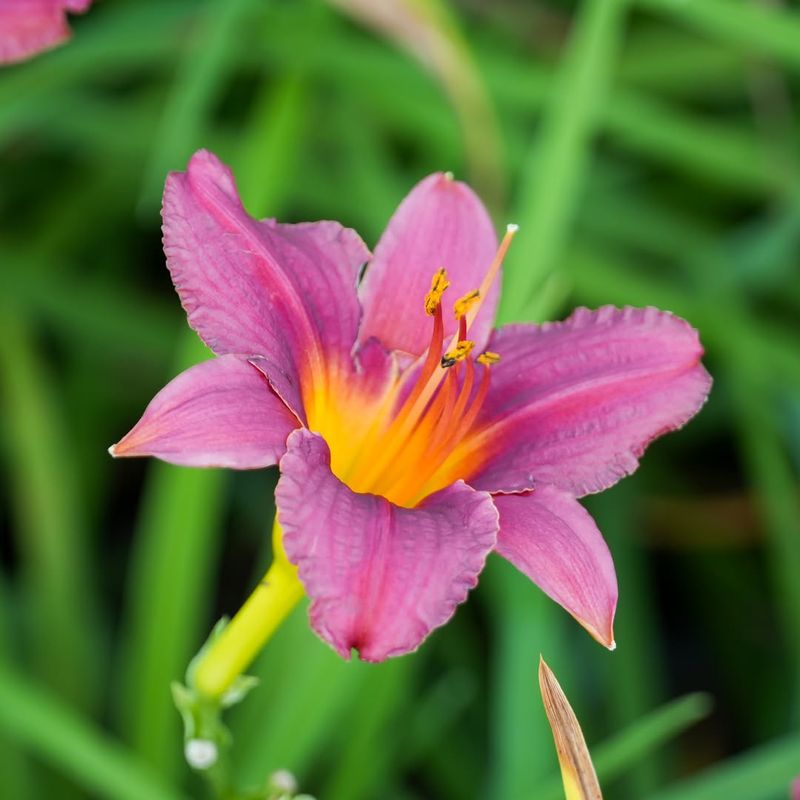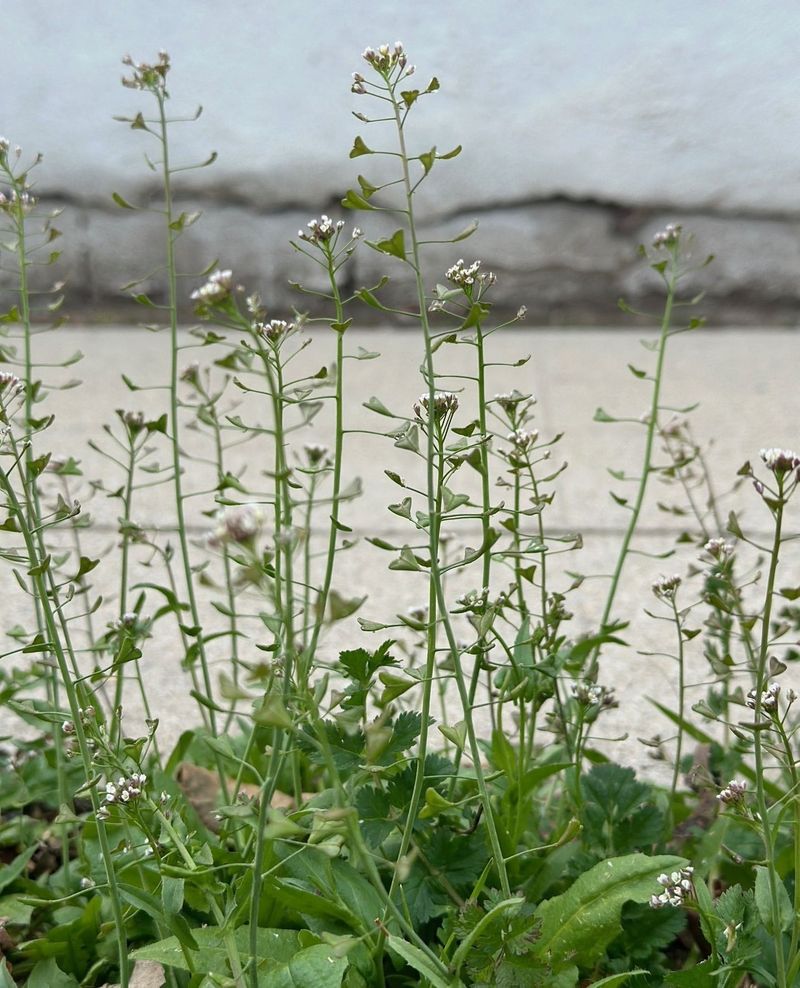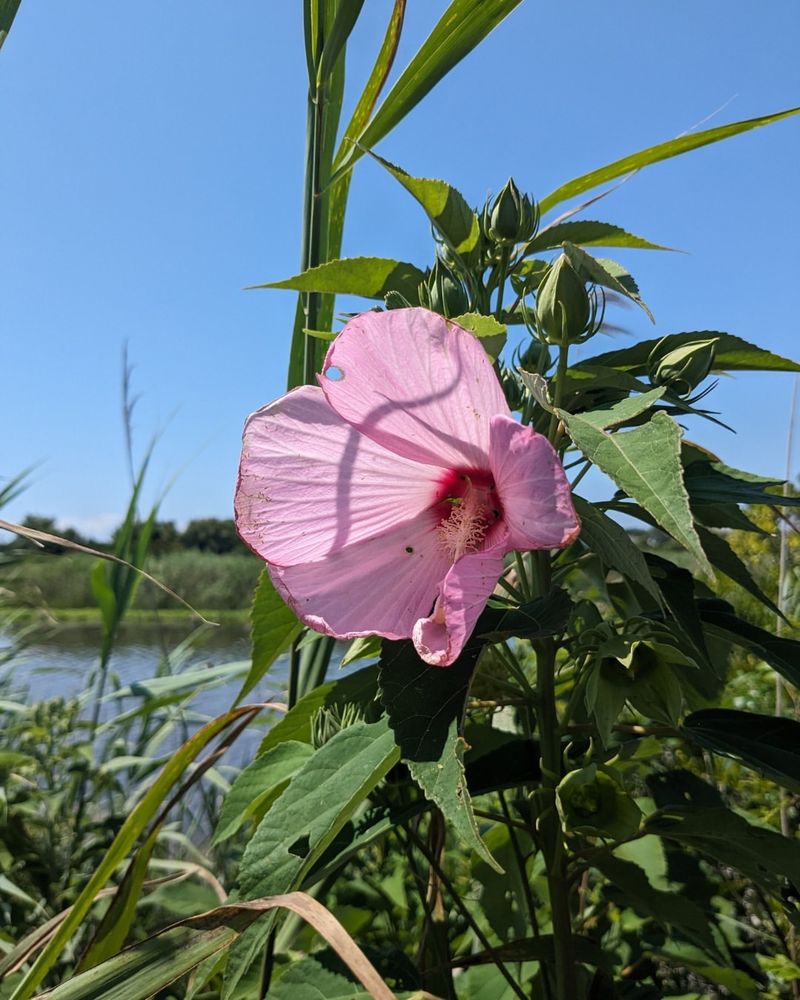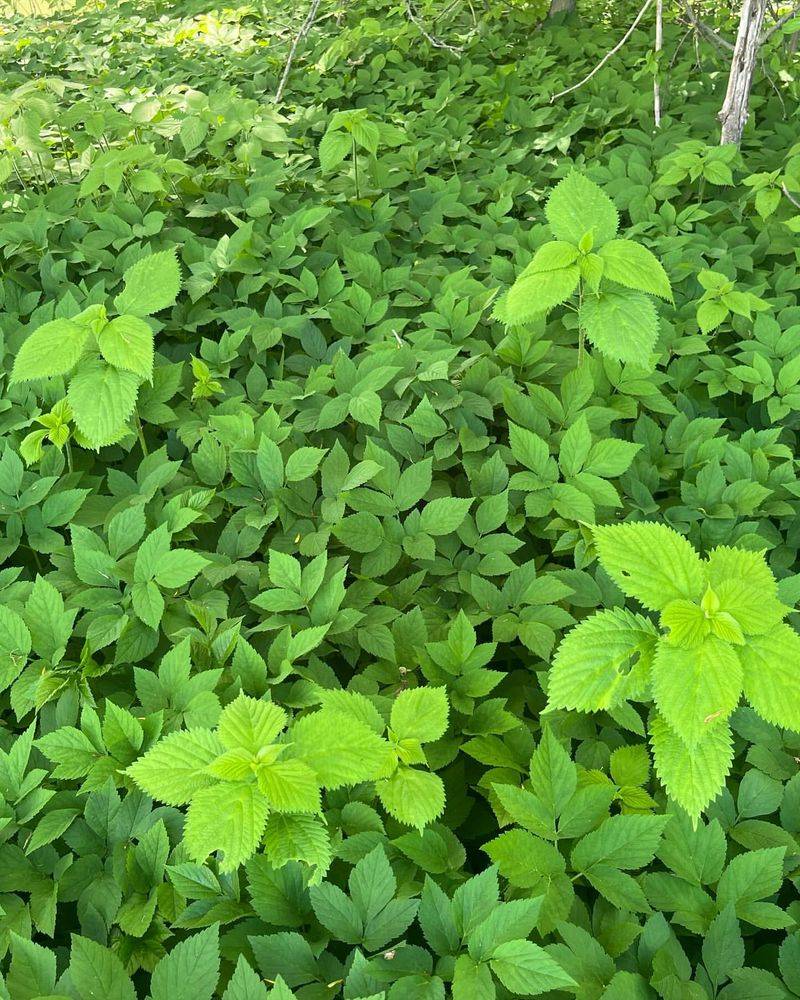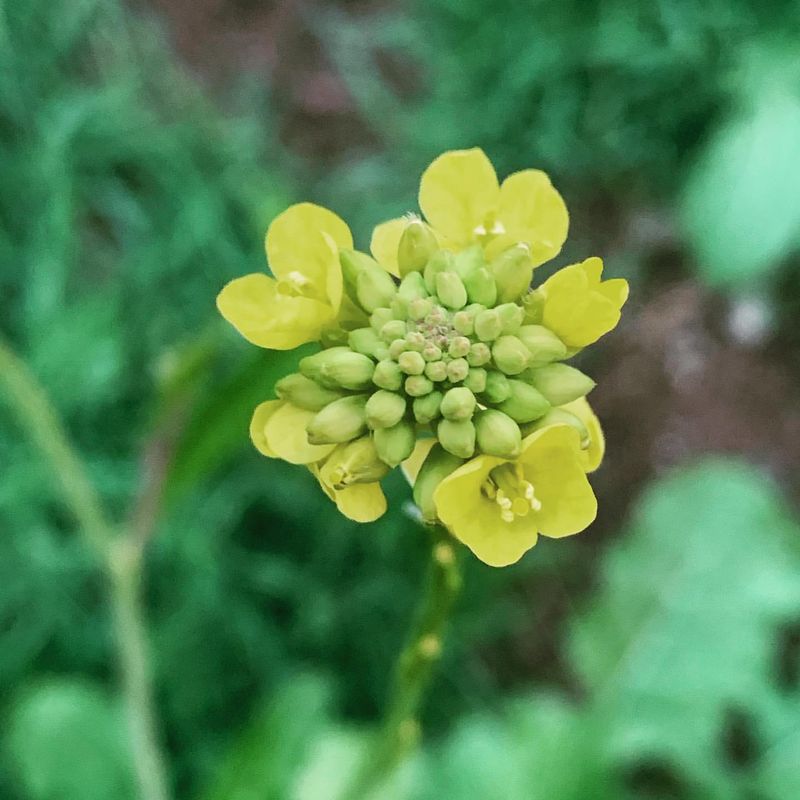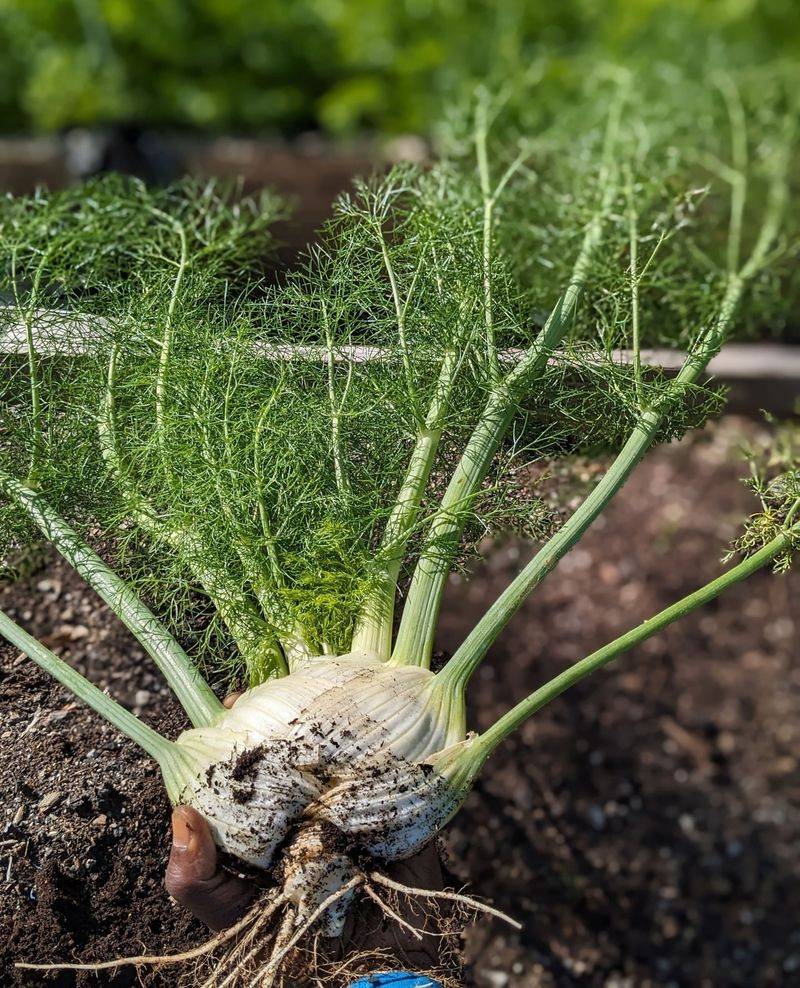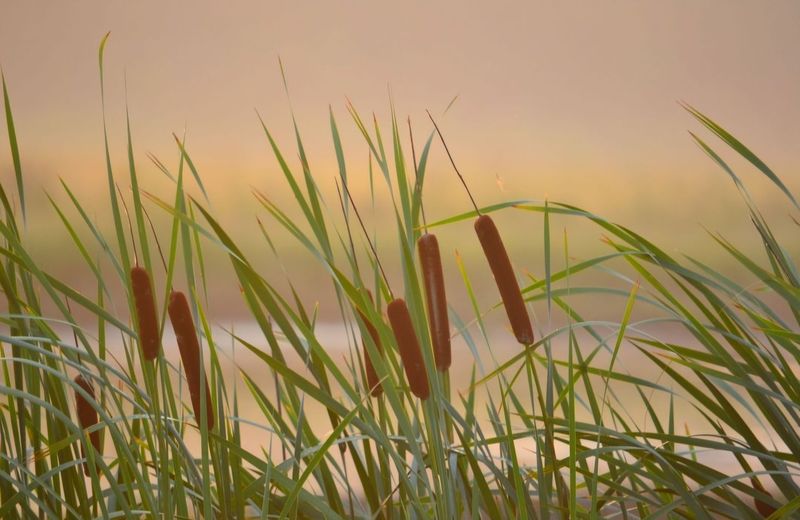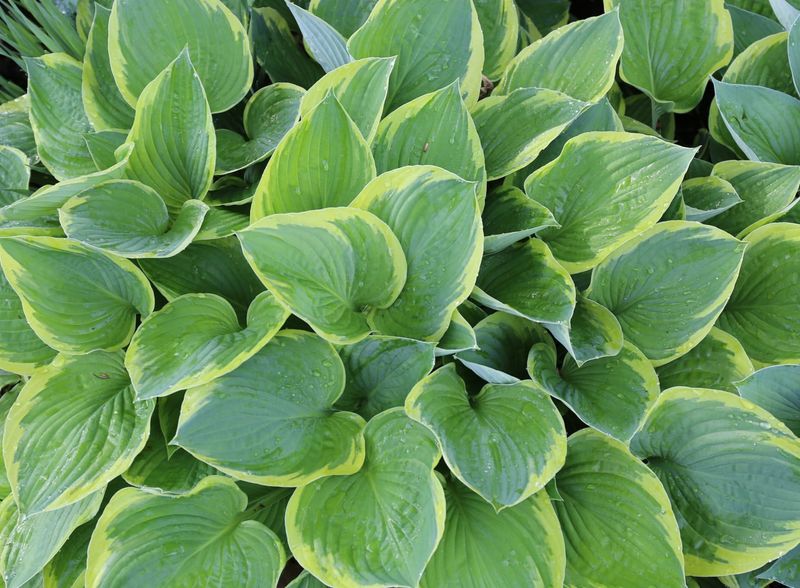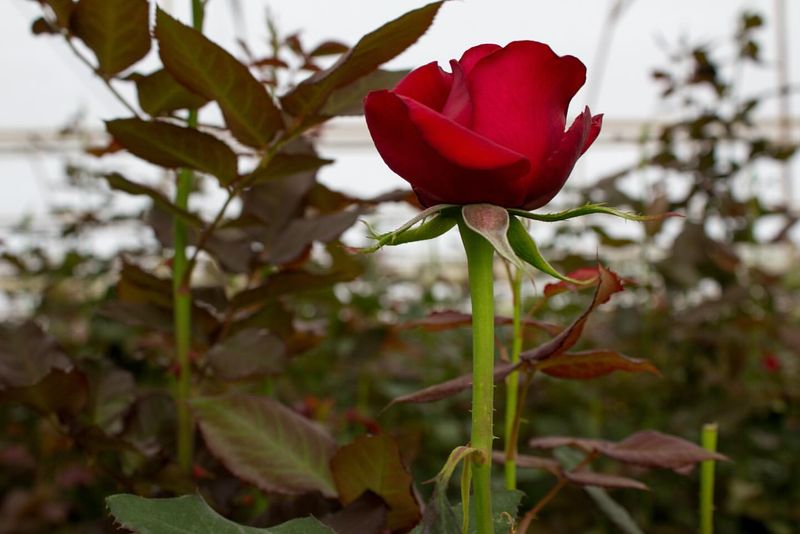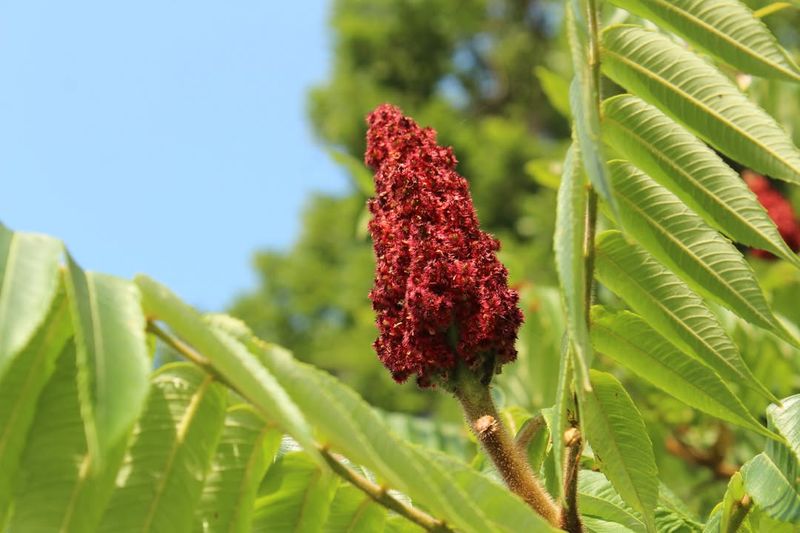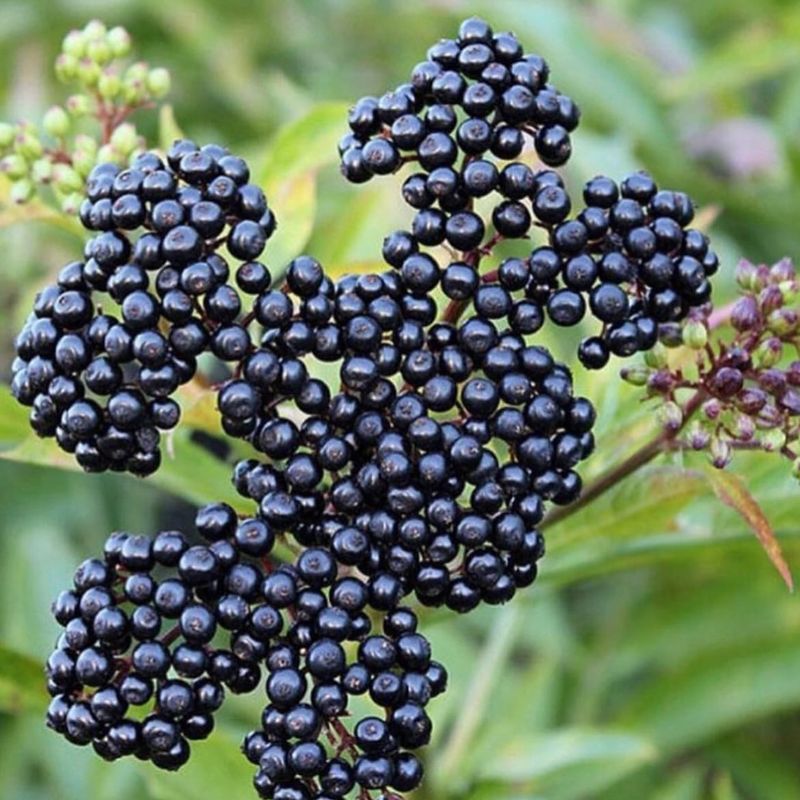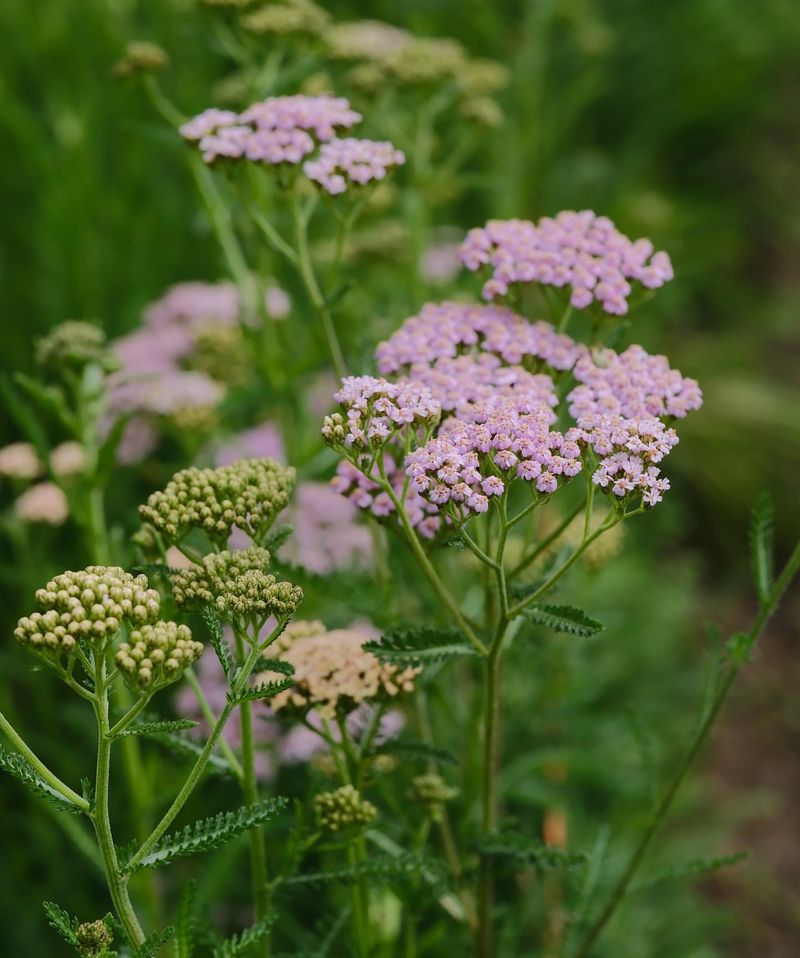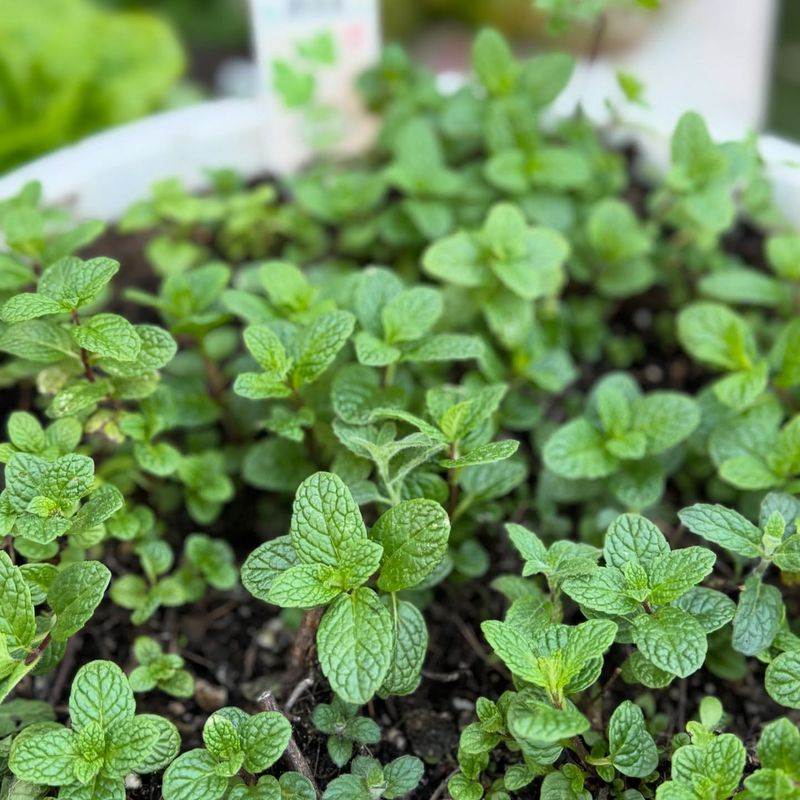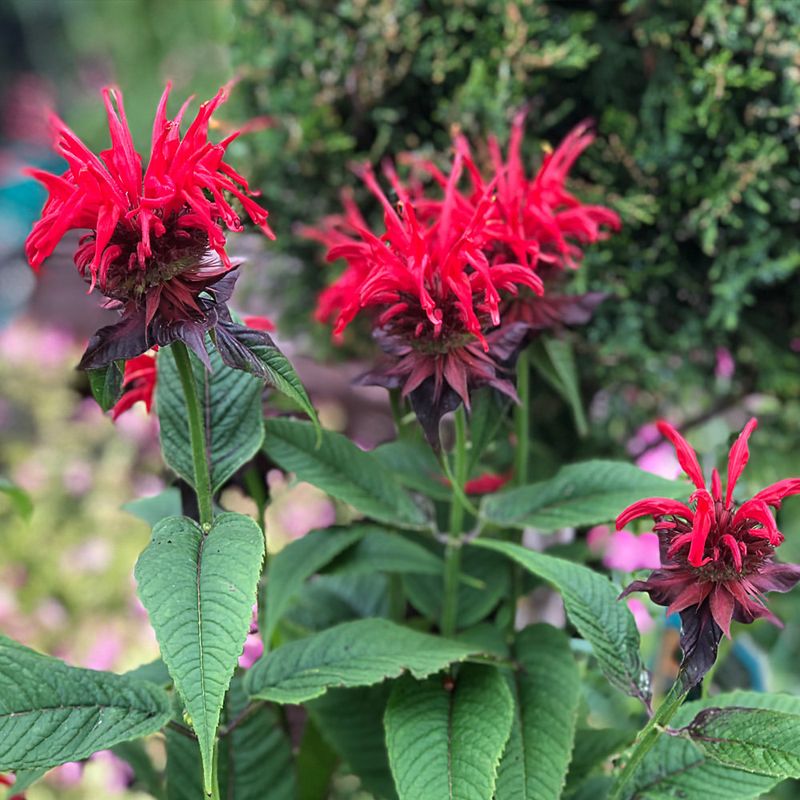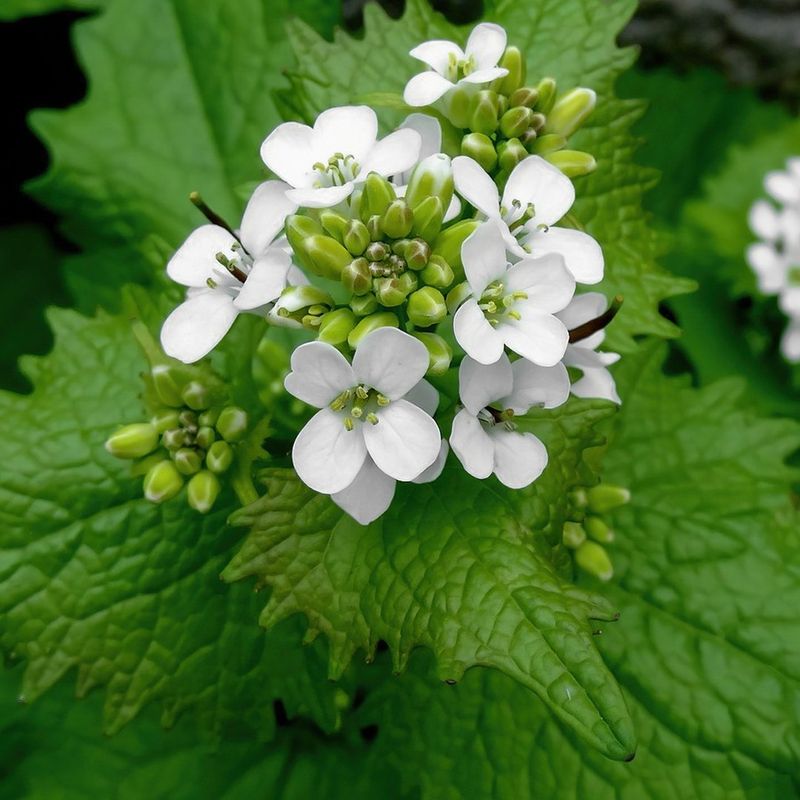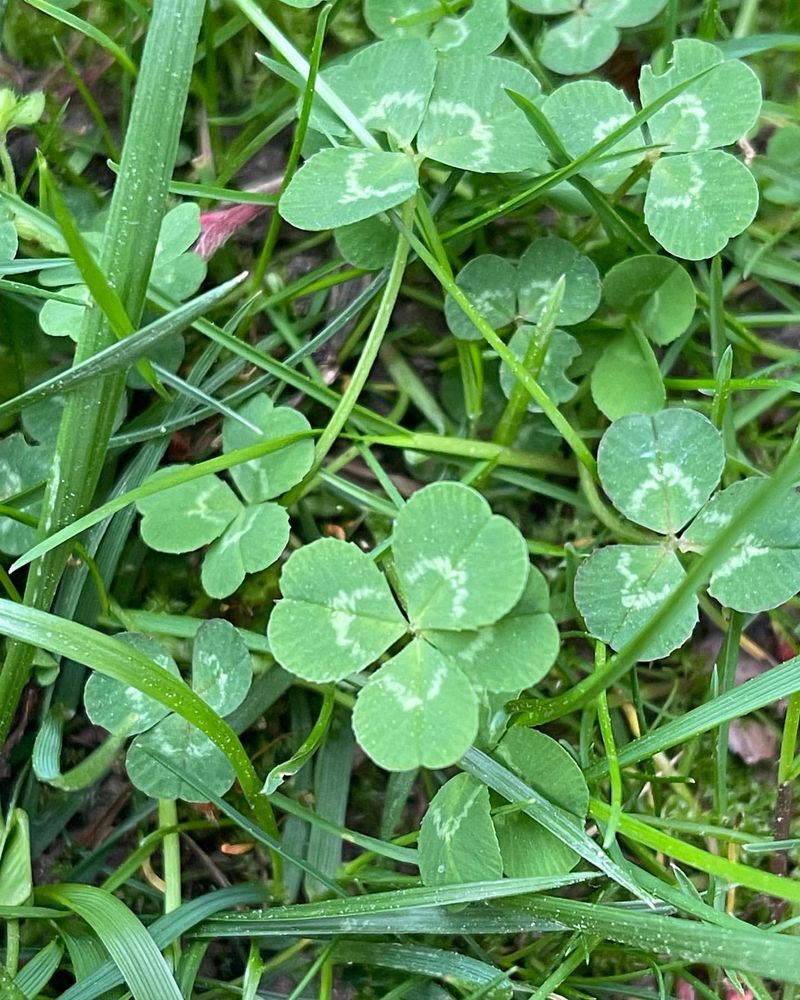Your backyard may be a treasure trove of edible plants you never knew existed. Often overlooked, these natural wonders are not only nutritious but also add a unique touch to your culinary experiences.
Discover the hidden potential in your garden with these 27 edible plants.
1. Dandelion
Often dismissed as a pesky weed, the dandelion is surprisingly useful. Its leaves are rich in vitamins and minerals, making them a healthy addition to salads.
In spring, dandelions bloom with bright yellow flowers that can be turned into a sweet syrup. The roots, when roasted, make a caffeine-free coffee substitute.
Embrace the dandelion’s versatility and transform your perception of this common lawn inhabitant. Their presence indicates a healthy lawn, free from harmful chemicals.
2. Chickweed
Chickweed is more than just ground cover; it’s an edible plant full of vitamins. Its mild, slightly sweet taste makes it perfect for salads or sandwiches.
The plant is recognizable by its small star-like white flowers and sprawling stems. Often found in shady, damp areas, chickweed can thrive in your yard with little maintenance.
Adding it to your diet could provide nutritional benefits, as it’s high in vitamins A and C, making it a healthy, natural choice.
3. Lamb’s Quarters
Considered a weed by many, lamb’s quarters is a nutritional powerhouse. Its leaves are similar to spinach and can be cooked or added raw to dishes.
This plant grows abundantly and is identified by its soft, powdery leaves. It’s often found in disturbed soils and garden beds.
Incorporating lamb’s quarters into your diet offers not only a delicious alternative to spinach but also a sustainable option that requires no special cultivation.
4. Plantain
Not to be confused with the banana-like fruit, plantain is a common yard plant. It’s easy to find by its broad leaves and long flower spikes.
This hearty plant is edible and versatile, often used in teas and herbal remedies. Its leaves can be eaten raw or cooked, offering a nutritious addition to meals.
Plantain’s presence in your garden indicates healthy soil, and it can be used to soothe insect bites and skin irritations, showcasing its medicinal value.
5. Wood Sorrel
With its tangy taste, wood sorrel adds zest to your dishes. This plant, often mistaken for clover, is easy to identify by its heart-shaped leaves.
Wood sorrel thrives in shaded, damp areas and produces small yellow flowers. It can be eaten raw or cooked, offering a refreshing lemony flavor.
Adding wood sorrel to your diet not only enhances flavors but also provides vitamin C. Its presence in your yard is a sign of a rich, diverse ecosystem.
6. Violet
Known for their beautiful purple flowers, violets are both decorative and edible.
Their leaves and flowers can be added to salads or used to make syrups and teas. Violets grow in well-drained, shady areas, making them easy to cultivate.
Including violets in your meals not only adds visual appeal but also offers vitamin C. Their adaptability makes them a charming addition to your garden.
7. Red Clover
Beyond its use as livestock fodder, red clover is a valuable edible plant. It’s distinguished by its rosy pink flowers atop green foliage.
Red clover flowers can be used in teas or salads, imparting a mild, sweet flavor. This plant thrives in sunny, open spaces, promoting soil health.
Incorporating red clover into your diet can provide dietary isoflavones and protein, making it a nutritious choice that supports a healthy environment.
8. Nettle
Although feared for its sting, nettle is a nutritional gem. Wearing gloves, you can harvest its leaves for cooking.
Nettle is rich in iron and vitamins, making it an excellent ingredient in soups and teas. It grows in moist, nitrogen-rich soils, often found along garden edges.
By carefully incorporating nettle into your diet, you gain nutrients while controlling its spread in your garden, turning a nuisance into a benefit.
9. Purslane
Purslane is often overlooked but is rich in omega-3 fatty acids. Its succulent leaves have a mild, lemony flavor, perfect for salads.
This robust plant loves sunny spots and can grow in poor soil conditions. Its small yellow flowers make it easily recognizable.
Adding purslane to your meals provides a nutritious boost, and its ability to thrive in adverse conditions makes it a resilient choice for gardeners.
10. Wild Garlic
Wild garlic adds a flavorful punch to dishes with its garlicky taste. It’s easily identified by its long green leaves and white flowers.
This plant prefers shaded, damp areas and is commonly found in woodlands and gardens. You can use both leaves and bulbs in cooking.
Incorporating wild garlic into your diet not only enhances flavors but also offers health benefits, including antibacterial properties. It’s a delightful find in your garden.
11. Creeping Charlie
Commonly known as ground ivy, creeping charlie offers more than just ground cover. Its scalloped leaves and purple flowers are edible.
Often found in moist, shady areas, it thrives in gardens and offers a mild, minty flavor. Use it in salads or teas for a refreshing taste.
Creeping charlie’s presence indicates healthy soil, and its ability to spread quickly makes it a useful plant for ground coverage and culinary uses.
12. Daylily
More than just ornamental, daylilies are edible and tasty. Their vibrant orange flowers are a standout in any garden.
Daylilies bloom for just a day, but their petals can be used in salads or stir-fries. They prefer sunny, well-drained spots.
Adding daylilies to your culinary repertoire offers an exotic touch, and their presence in your yard adds both beauty and utility.
13. Shepherd’s Purse
Known for its heart-shaped seed pods, shepherd’s purse is a versatile plant. Its leaves and seeds are edible and nutritious.
This plant grows in disturbed soils and gardens, often found in sunny locations. It has a peppery taste that can enhance soups and salads.
Incorporating shepherd’s purse into your diet not only adds flavor but also offers health benefits, being rich in vitamins and minerals.
14. Mallow
This plant is fully edible, from leaves to flowers. Mallow’s lush green leaves and delicate flowers are a delightful sight.
Often found in sunny, well-drained areas, mallow is easy to cultivate and maintain. It can be used in salads, soups, or as a thickener.
Adding mallow to your diet not only enhances your meals but also provides dietary fiber and vitamins, making it a valuable garden addition.
15. Ground Elder
Often a gardener’s bane, ground elder is surprisingly edible. Recognizable by its umbrella-like flowers and serrated leaves, it’s a common sight.
This plant thrives in shady, moist areas and offers a celery-like flavor. Use it in soups or salads for a nutritious boost.
Including ground elder in your diet not only helps control its spread but also adds an interesting, healthy element to your meals.
16. Wild Mustard
Brightening fields and gardens, wild mustard is both beautiful and edible. Its yellow flowers and spicy leaves are easily recognizable.
This plant thrives in sunny spots with well-drained soil. Its leaves and seeds can be used in salads or as a mustard substitute.
Incorporating wild mustard into your diet not only enhances flavors but also provides vitamins A, C, and K, promoting a healthy lifestyle.
17. Fennel
Known for its anise-like flavor, fennel is a versatile plant. Its feathery leaves, seeds, and bulb are all edible.
This plant thrives in sunny, well-drained areas and is often found in herb gardens. Fennel adds a distinct flavor to dishes and can be used fresh or cooked.
Adding fennel to your diet not only enhances flavors but also offers health benefits, such as aiding digestion and providing antioxidants.
18. Cattail
Often seen near ponds, cattails are an unusual edible plant. Recognizable by their tall, brown flower spikes, they offer unique culinary uses.
The young shoots and pollen can be eaten, providing a nutritious addition to meals. Cattails thrive in wet, marshy areas, often found in rural gardens.
Incorporating cattails into your diet not only adds variety but also provides carbohydrates and fiber, making them a sustainable choice.
19. Hosta
Commonly grown for its foliage, hosta is also edible. The young shoots and leaves offer a mild, asparagus-like flavor.
This plant thrives in shaded, moist garden areas and is easily recognizable by its broad, waxy leaves. Hosta can be used in stir-fries or salads.
Including hosta in your meals not only adds diversity but also makes use of a plant typically seen as purely ornamental, enriching your culinary adventures.
20. Rose
Renowned for their beauty and fragrance, roses are also edible. The petals and hips offer culinary and health benefits.
Roses thrive in sunny, well-drained areas and are easily cultivated in gardens. Use the petals in desserts or teas for a floral touch.
Incorporating roses into your diet not only enhances flavors but also provides vitamin C, making them a delightful, healthy addition.
21. Sumac
Known for its tart flavor, sumac is a versatile plant. Its bright red berries are used in spice blends and drinks.
Sumac thrives in sunny, dry areas and is often found in rural gardens. It’s easily identifiable by its clusters of berries.
Including sumac in your diet not only enhances flavors with its citrusy notes but also offers antioxidants, adding value to your meals.
22. Elderberry
Elderberries are not just for jams; they offer numerous health benefits. Known for their dark purple berries, elderberries are highly nutritious.
These plants thrive in sunny, moist soils and are often found in meadows. Use the berries in syrups or desserts for a tangy flavor.
Incorporating elderberries into your diet not only adds variety but also provides vitamin C and antioxidants, supporting a healthy lifestyle.
23. Yarrow
With its feathery leaves and white flowers, yarrow is both decorative and edible. Known for its medicinal properties, it has a peppery taste.
Yarrow thrives in sunny, well-drained soils and is often found in wildflower gardens. Use the leaves and flowers in teas or salads.
Adding yarrow to your diet not only enhances flavors but also offers health benefits, such as improving digestion and promoting healing.
24. Mint
Mint is a familiar garden herb with a refreshing flavor. Its vibrant green leaves are used in numerous culinary applications.
This plant thrives in shady, damp areas and is commonly found in herb gardens. Use mint leaves in teas, desserts, or savory dishes.
Including mint in your diet not only adds flavor but also offers digestive benefits, making it a versatile and healthful choice.
25. Bee Balm
Known for attracting bees, bee balm is also edible. Its bright red flowers and minty leaves offer culinary uses.
This plant thrives in sunny, well-drained areas and is often found in pollinator gardens. Use the leaves in teas or salads for a herbal note.
Incorporating bee balm into your diet not only enhances flavors but also provides vitamins, supporting a healthy garden ecosystem.
26. Garlic Mustard
Garlic mustard is often seen as invasive, but it’s edible. Recognized by its white flowers and garlicky leaves, it offers culinary uses.
This plant thrives in shaded, disturbed areas and can be used in pestos or salads. Its peppery flavor adds a unique touch to dishes.
Incorporating garlic mustard into your diet not only controls its spread but also adds diversity to your meals, making it a useful addition.
27. Clover
Known for its distinctive leaves and white flowers, clover offers culinary uses. Clover is not just for luck; it’s edible as well.
This plant thrives in sunny, well-drained areas and can be used in teas or salads for a mild, sweet flavor. Clover adds variety to your diet.
Including clover in your meals not only offers nutritional benefits but also promotes soil health, making it a sustainable garden choice.

